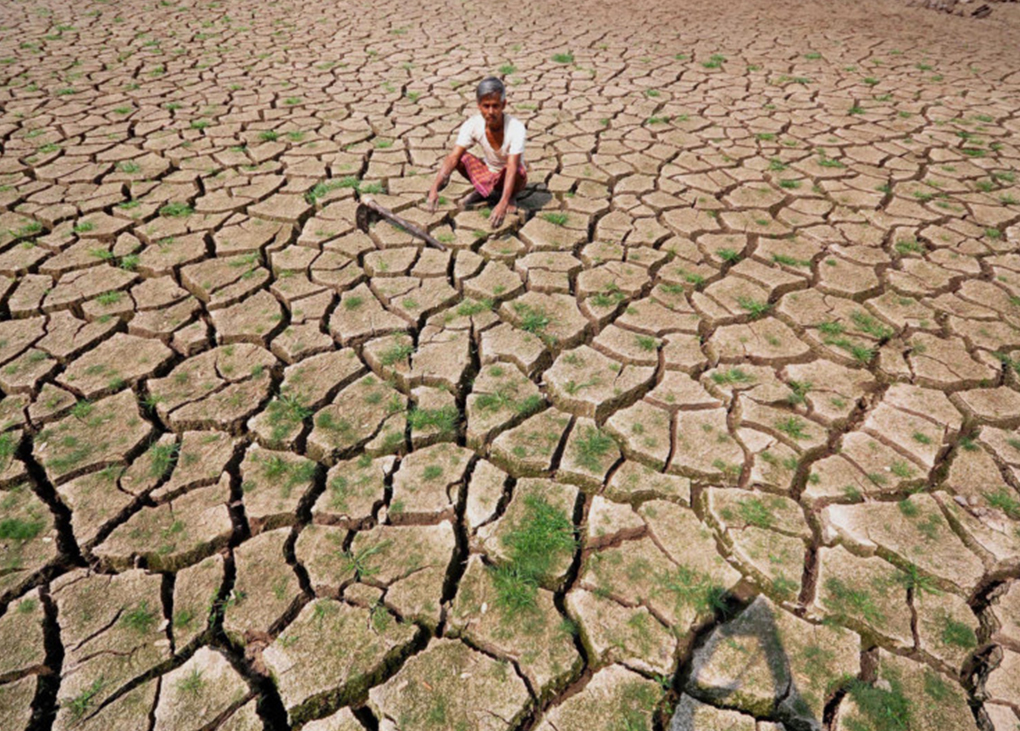An analysis of 54 countries shows that 1.02bn people among the rural and urban poor still lack access to cooling, which threatens their immediate health and safety, and intensifies the regions’ economic challenges brought on by the COVID-19 pandemic.
The new report from Sustainable Energy for All (SEforALL) – Chilling Prospects: Tracking Sustainable Cooling for All 2020 – was developed in partnership with and supported by the Kigali Cooling Efficiency Program (K-CEP).
It is the third report in the Chilling Prospects series that tracks the populations most vulnerable to a lack of cooling access. It does this by modelling various risk factors, including human safety and comfort; food and nutrition security and agriculture; and health services.
The 2020 report shows that a further 2.2bn lower-middle income people only have access to cheaper and less energy-efficient cooling options – which could pose serious challenges to climate change and energy demand.
As scientists across the world race to develop vaccines to counter the COVID-19 pandemic, vaccination campaigns have stalled for approximately 13.5m people in the Least Developed Countries (LDCs) having already missed routine vaccinations by April 3, 2020, says the report. It highlights the need to build cold chains for low-income countries to store, transport and deliver a COVID-19 vaccine.
“As the world faces a reset moment from the COVID-19 pandemic, it’s clear that cooling for all is necessary to recover better,” says CEO and Special Representative of the UN Secretary-General for Sustainable Energy for All and Co-Chair of UN-Energy, Damilola Ogunbiyi.
“We must accelerate access to energy-efficient cooling solutions that will protect people against the immediate public health and safety concerns caused by the pandemic, as well as support long-term economic recovery.”
Compared to 2019 figures, the report shows a decrease of approximately 22m people who are at high risk of a lack of cooling access – from 1.04bn to just under 1.02bn.
While the rural population in the high-risk group has decreased by approximately 40 million from 358m to 318m, this was offset by an increase in the urban poor population, from approximately 681m to 699m.
The lower-middle income population has decreased slightly from 2.22bn in 2019 to 2.20 billion in 2020. Across the 54 high-impact countries, at least 3.2bn people still face cooling access challenges. Only minor improvements were noted between 2019 and 2020.
In 2018, the Cooling for All Secretariat launched the Chilling Prospects report series to define and quantify the magnitude of the global cooling access challenge and call for new and sustained action to address the issue. The series updates the report on global access to cooling each year and identifies new challenges and opportunities in the delivery of sustainable cooling.
“Cooling for all does not mean an air conditioner or a refrigerator in every home; it means providing more sustainable and affordable solutions to address the needs of the vulnerable without exacerbating the climate crisis or causing a spike in energy demand,” says Head of Energy Efficiency and Cooling at Sustainable Energy for All, Brian Dean.
“The good news is there is already a wide range of sustainable cooling solutions that, with the right policy and financial support from governments, can help lower energy demand, reduce GHG emissions, bring a better quality of life, and deliver faster progress on the Paris Agreement.”
The 2020 report was presented at a side event to the Meeting of the Open-Ended Working Group of the Montreal Protocol on July 16.
In pushing for 2020 to be “the year of solutions”, the Cooling for All Secretariat will launch the #ThisIsCool communication campaign to enable partners to share sustainable cooling solutions with the world and to support sustained global momentum, says SEforALL.
The campaign will discuss how to categorise sustainable cooling solutions and set a path to optimise those solutions in the Cooling for All Solutions Assessment toolkit that will launch late 2020.



Leave a Reply